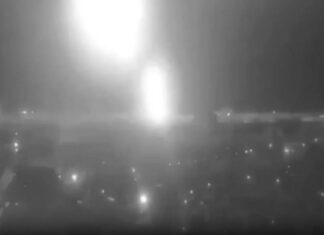The DCGS mission is to collect and process vast amounts of intelligence and imagery from manned and unmanned reconnaissance sources.
The U.S. Air Force has deployed a new intelligence sharing capability offering commanders and analysts at different locations an immediate access to each other’s intelligence imagery and services, utilizing the recently fielded Distributed Common Ground System (DCGS) Integration Backbone (DIB) provided by Lockheed Martin (NYSE:LMT). By connecting three independent and autonomous intelligence databases, located at Langley Air Force Base in Virginia, Beale Air Force Base in California, and a forward location in Europe, DIB enabled qualified users operating DGCS an access to imagery and intelligence libraries in real-time, at other Air Force sites as well as other agencies. According to Colonel Alan Tucker, Commander, 950th Electronic Systems Group, Electronic Systems Center at Hanscom AFB, follow-on expansion of DIB will create a worldwide intelligence sharing enterprise, providing users with access to information portals offering immediate access to more than 80 percent of the imagery produced.
Prior to the development of the DIB, intelligence analysts had to visit multiple collection sources to locate the data needed. By incorporating a set of common interface standards and a Service-Oriented Architecture (SOA), the DIB connects disparate locations and allows analysts with the appropriate security clearance to access a multitude of intelligence sources. Being SOA-based also facilitates the interface with other SOA-based systems and assures the continuous evolution of a web of capabilities.
Currently deployed DCGS version 10.2 was fielded with U.S. Air Force elements in USA and Middle East Theater in 2006. A similar system is now under development for the U.S. Army. DCGS integrates multiple ISR sensors and systems across the battlefield, drawing intelligence data from various sources, and correlates that data into an integrated picture of the battlespace. The DCGS-A (Army) will extend this capability to ground elements. It will be deployed with fixed sites as well as forward, tactical and deployed forces, including units on-the-move. DCGA-A will integrate threat, terrain and weather data into comprehensive intelligence products, utilizing sensors data, intelligence and analyst resources available in the rear and at the forward area, increasing the capacity and quality of intelligence products while minimizing the forward footprint of ISR.



















